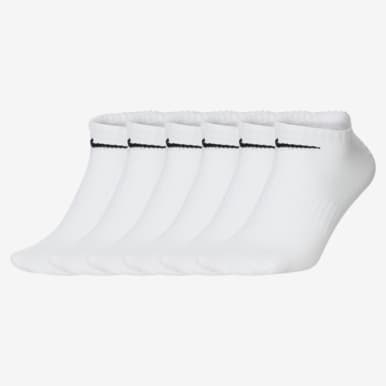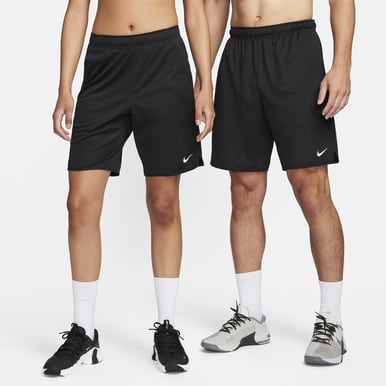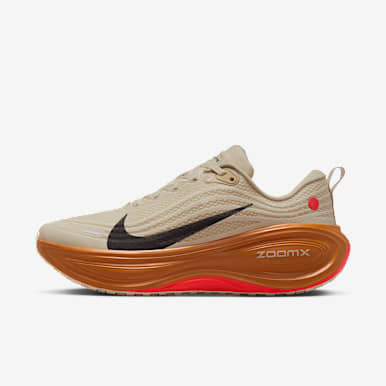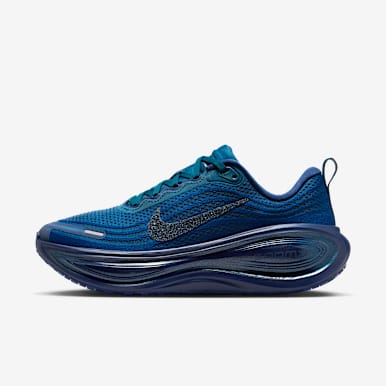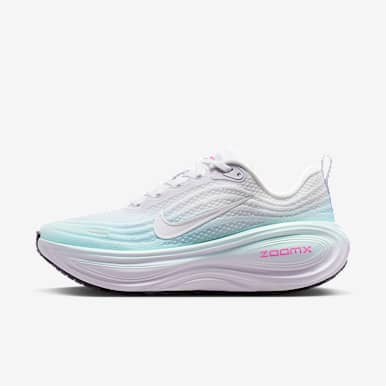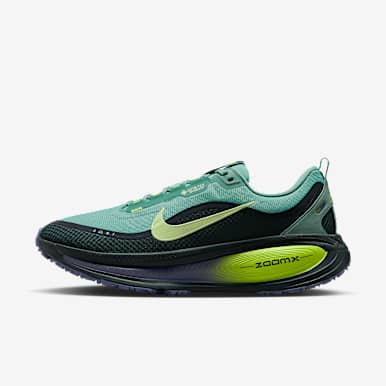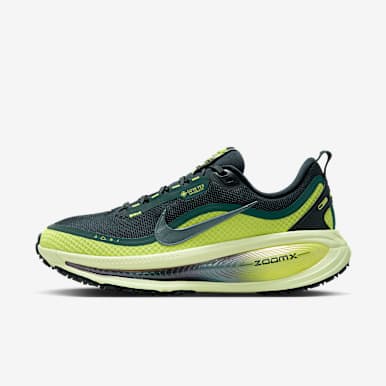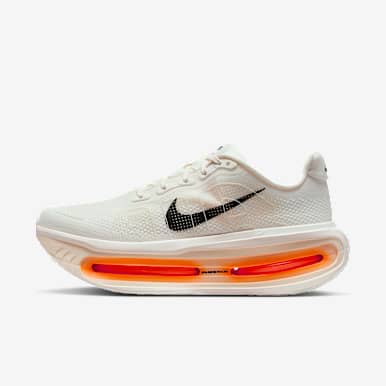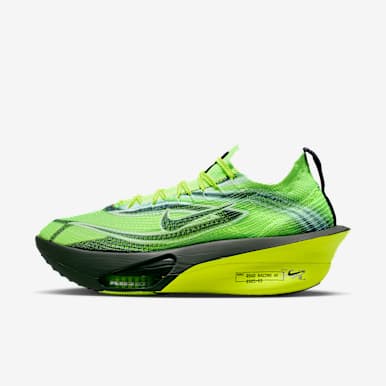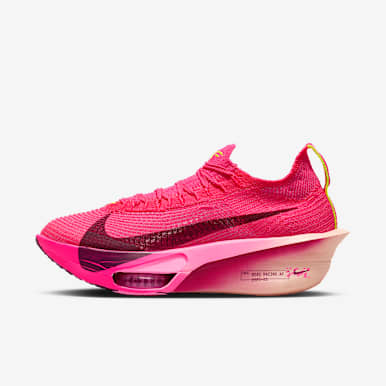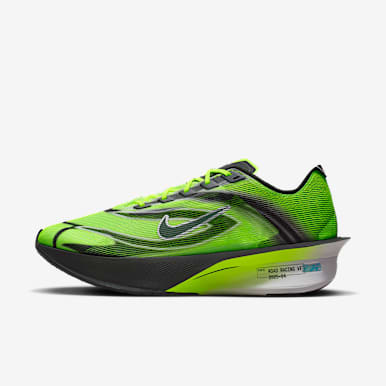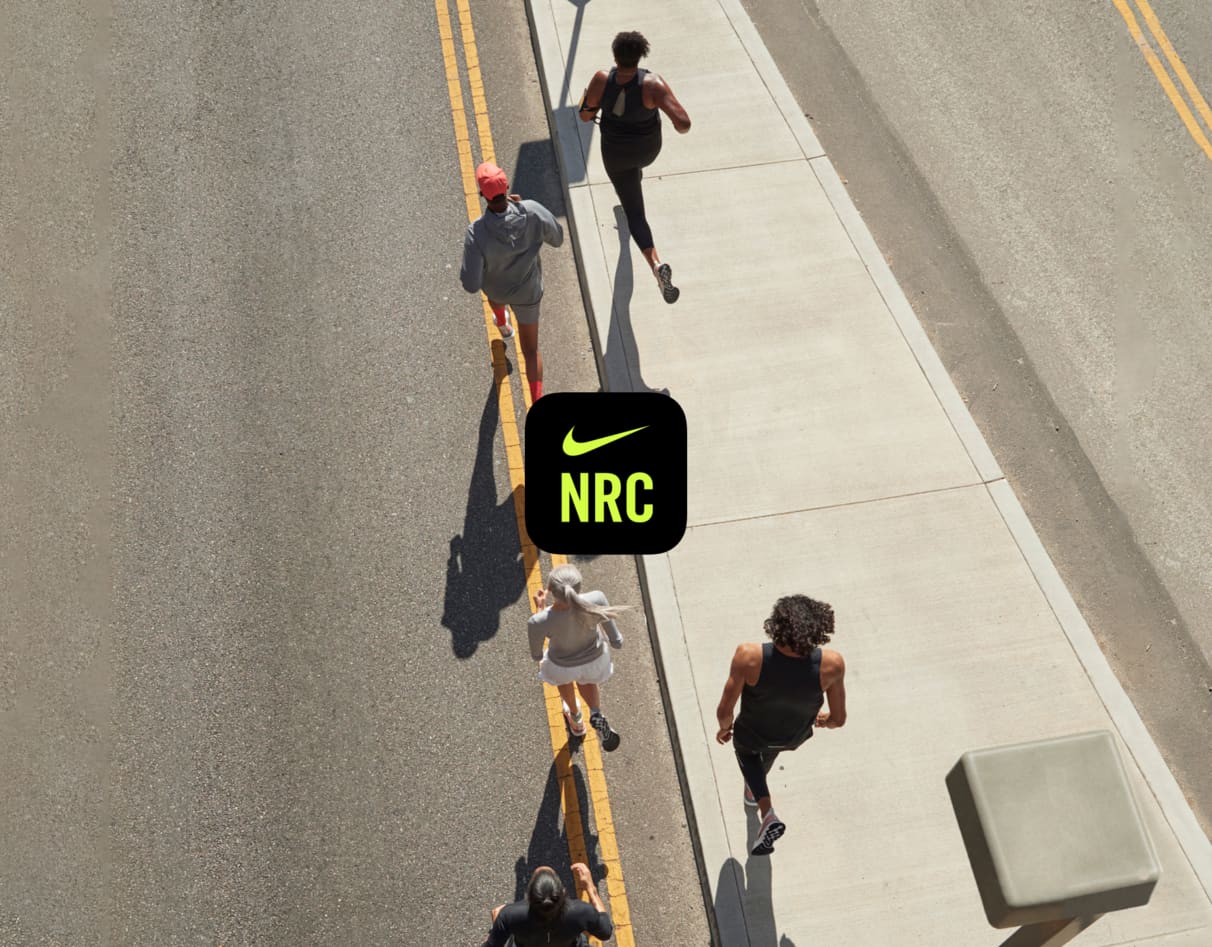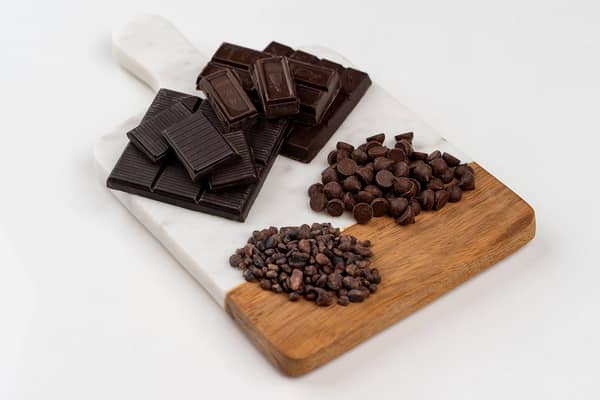How To Train for a Triathlon, According to Coaches
Sport & Activity
From sample training plans to fuelling tips, experts explain all you need to know before competing in your first triathlon.
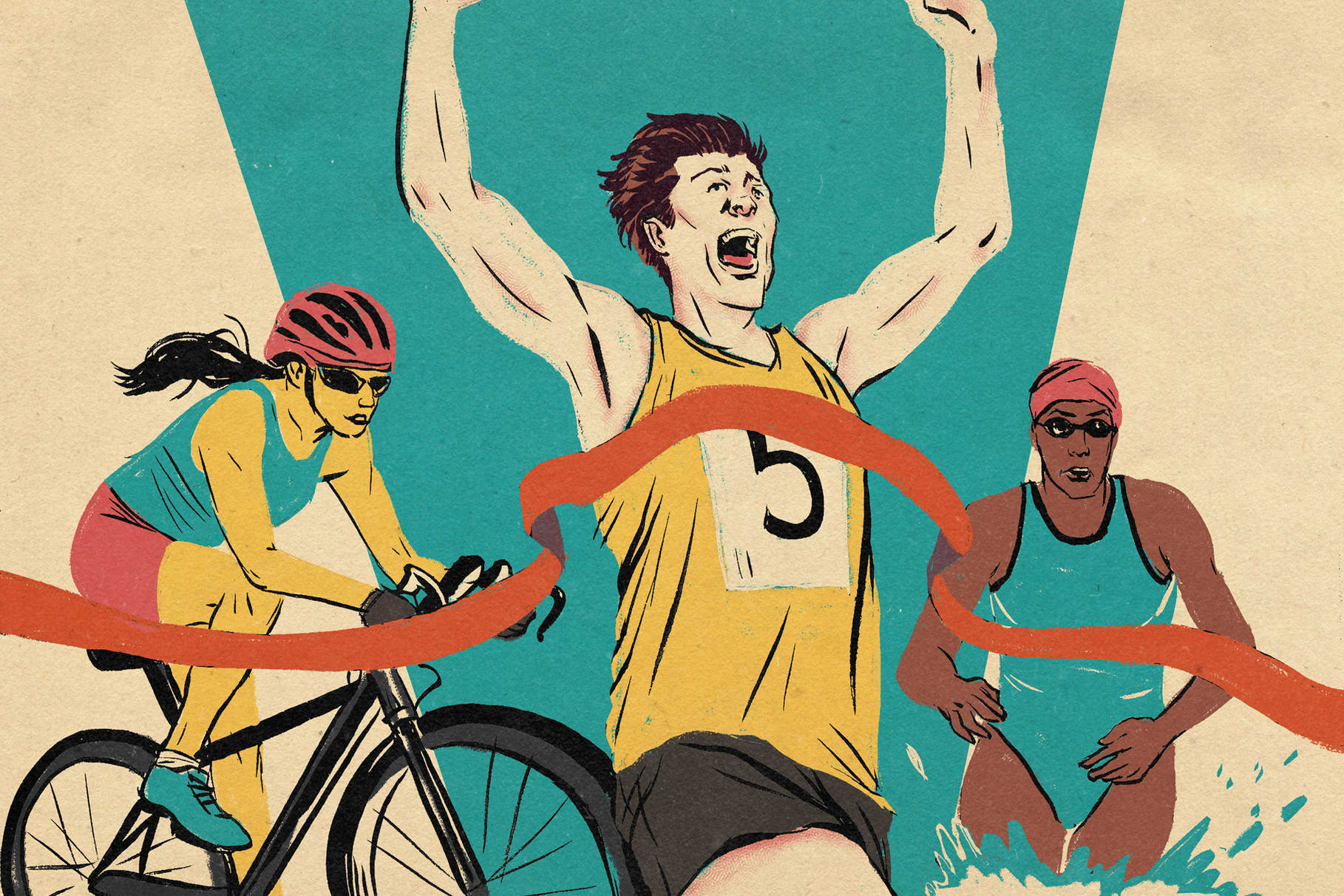
Are you a fan of swimming, cycling and running? Or, have you ever wondered what the difference between an Olympic standard triathlon and a sprint triathlon is? Or, maybe after some subpar race performances, you're ready to address some recurring challenges with thoughtful coaching.
No matter what your reasoning is, training for a triathlon is key to optimising your form (yes, in all three events), preventing injury and simply enjoying the race. But what does that training really require?
Here, three certified triathlon coaches—as well as a specialist in sports nutrition—share their top tips, along with sample training plans to consider as you build your own programme.

How To Train for a Sprint Triathlon
If you're contemplating your triathlon debut or you want to focus on improving speed rather than endurance, a sprint triathlon may serve as a springboard to do so. This event usually consists of a 750-metre swim, 20-kilometre bike ride and 5-kilometre run, although some race events may tweak these distances—for example, a longer cycling session and shorter run.
That's in contrast to a full triathlon, sometimes called an Olympic standard triathlon of 1.5-kilometre swim, 40-kilometre bike ride and 10-kilometre run. There are also longer races, most notably an Ironman, that feature a 3.9-kilometre swim, 180-kilometre bike ride and 42.2-kilometre run.
Bear in mind that everyone starts training with a certain level of fitness and experience, and that training for all of these types of triathlons can be roughly the same, according to triathlon coach Natasha Van Der Merwe (who's also been a professional triathlete since 2010). The major difference is the intensity and frequency of training, but the focus will be similar: improving all three modalities.
Considering that you'll have to build skill in three different sports, a good starting point is to practise each sport two or three times per week, depending on how much time you have available to train, said Van Der Merwe. If you're someone who already works out regularly, a sample weekly training routine to prepare for a sprint triathlon might look something like:
- Two or three cycling sessions of 30 minutes to one hour each
- Two or three runs of 30 to 45 minutes each
- Two or three swims of 30 to 40 minutes each
Bear in mind, that's an intense amount of training for beginners and starting on that kind of schedule without gradually easing up to it could put you at higher risk for overuse injuries. But that routine does give you an idea of what the endpoint of a progressive training schedule may look like.
Whether you're doing that level of training or working towards it, rotating between an easy-paced workout and intervals—which involve shorter bursts of higher intensity and effort—will help build efficiency and power, said Van Der Merwe.
If you're new to triathlons, be sure you focus on building an endurance base while focusing on fine-tuning your form to remain healthy. For beginners or athletes returning to the sport after a break, Van Der Merwe suggested gradually progressing with the intensity and duration of workouts. Remember, slow and steady improvement is crucial for injury prevention (not to mention for giving your body ample time for recovery and fuelling).
Below is a daily (sample) plan from Van Der Merwe, aimed at helping intermediate-to-advanced athletes who want to complete a triathlon:
Monday: Easy swim and mobility work (for example, resistance training that emphasises range of motion exercises)
Tuesday: Interval bike workout in the morning, followed by an easy run in the late afternoon
Wednesday: Interval run in the morning and race-specific swim in the afternoon
Thursday: Endurance cycling in the morning and strength session in the afternoon
Friday: Long swim only
Saturday: Long endurance bike ride (every other week)
Sunday: Long endurance run (every other week)
Creating an every-other-week structure for longer rides and runs allows you to put rest days into the mix—an essential component when it comes to training.
In general, this is a weekly time commitment of about six to eight hours, although it may involve more time at the beginning as you're building your skills like cycling sprints and interval runs. Van Der Merwe said doing these intervals shouldn't take much time, just 15 minutes of sprinting for those sessions. That helps build more power without causing fatigue.
In terms of how long it takes to train for a sprint triathlon, she said that depends on how confident you feel with your skills. For some, a four-week block of training might be enough while others may take six months or more. If you have some experience with running, cycling and swimming, usually eight to 12 weeks is a good time frame from the start of training to race day.
Remember, it's important to master the fundamentals and ace your drills before adding in extra workouts, so be sure to take the time you need for that.
"If you're newer to endurance sports, 12 weeks is best for all triathlons because you can include four initial weeks of building your fitness in numerous ways, such as adding resistance training, and then have an eight-week focused plan", said Ironman-certified triathlon coach Adina O'Neill.
About two to three weeks before race day, you can start to stack workouts similar to a race, in order to practise the transitions needed to go from one event to another.

Emphasise Training Your Weak Spots
Another consideration for training is proficiency, Van Der Merwe said. "If you have a glaring weakness, like you're just learning how to swim, then you might emphasise swimming more often in your training and only bike and run twice a week each".
Swimming seems to be the biggest hurdle for people who live in locations where swimming isn't a frequent activity, said Jenny Fletcher, an Ironman-certified triathlon coach. Many folks often have more extensive experience with running and cycling, but it really depends on where you live and what you've experienced. For example, someone who lives on the coast and grew up swimming often will naturally have more skills in that sport than someone who only occasionally frequented the local pool.
"I'd say the more swimming you can do, the better, and not just for the swimming portion of a triathlon", she said. "It's non-impact, great for aerobic endurance building, and a key component in recovery from cycling and running".
Fletcher suggested taking time to develop different swimming workouts, even if you've already done a fair amount of swimming. For example, working on speed during one swim and then on endurance for the next. "This is especially important when you're doing longer triathlons because those swims will take much more effort", she said.

Training for a Standard Triathlon
The type of plan used for sprint triathlons can easily be adapted for a standard distance, according to Van Der Merwe.
"The biggest change in preparing for a full triathlon is that the distance of the longest swim, bike and run goes up as you need to be prepared for the race", she said. "Outside of those once-per-week longer sessions, though, the rest of the training stays similar to that of shorter races".
Aim for an hour to 90 minutes of training per day, hitting one or two of the sports in that time frame. When you have more time available, volume will gradually increase over the final 12 weeks. Remember the programme has one rest day per week, and also listen to your body about whether you need to take more rest days.
Tips for Triathlon Training
Van Der Merwe and Fletcher suggested the following tips, which are sure to help you kick-start training for either the sprint or the full triathlon.
- Start slow: Ease in with both volume and intensity, and get used to the frequency and volume of training (day in, day out) before adding in any intensity to sessions.
- Set a workout goal: Establish clear intent on what you are trying to accomplish in each workout, such as working on form, building an aerobic base and hitting race-day paces.
- Don't stack the hard days: When new to the sport, don't do two hard days in a row as that might raise injury risk and make it more difficult to recover.
- Practise brick workouts: That involves doing a short run right after a cycling session. You need to train your legs to be prepared to run after being on the bike.
- Add strength training: This type of training makes you stronger in all aspects of the triathlon and helps with power overall.
O'Neill encouraged taking at least one rest day each week and being proactive about including recovery methods into your weekly routine, as well. This includes self-massage (or getting a massage), taking an Epsom salt bath after a tough workout or performing an easy yoga flow.

Focus on Nutrition
Much like training programmes, you might have different (and specific) nutritional needs when it comes to fuelling for your workouts than your training partner, for instance. But there are a few key practices that are essential for any nutrition plan, according to triathlete Michelle Howe, RD, CSSD, who specialises in sports dietetics.
Staying hydrated is important, and adding electrolytes to water is key for regulation of blood pressure, muscle contractions, heart function and body temperature, among other actions.
The other main consideration will be using carbohydrates effectively, she said.
"Carbohydrates serve as the primary fuel source for triathlon training, replenishing glycogen stores and maintaining blood glucose (sugar) levels", Howe said. "Protein is important, but the timing of consumption is not as vital as carbs when you're training".
Although protein won't be a major component during training sessions, Howe added that a post-training or post-race meal should include easily digestible protein sources like whey to expedite muscle protein synthesis and to promote recovery.
She suggested avoiding carbohydrate sources high in fibre or fat, such as energy bars, before and during a workout because fat and fibre sit in the gut and slow down the absorption of carbs when you need them. This can often cause gastrointestinal distress during training.
"Aim to consume 50 to 120 grams of carbohydrates per hour, depending mostly on the duration of the training session", Howe said. "The longer the training session, the higher the fuel intake rate". That range doesn't reflect a difference between men and women—she suggested the same amount for both—but instead how long your workout is taking.
More tips from Howe include:
- More carbs for cycling: Running tends to favour slightly lower carb intake rates to accommodate gut issues. The higher end of the range above is often tolerated just fine while cycling.
- Be patient: The more you train with carbs, the more your gut will adapt to absorb these carbohydrates while racing.
- Fuel on race day: Getting carbs into your bloodstream is the key on race day and could be the difference between a strong personal record and a rough day.
(Related: How to Choose Foods to Foster Muscle Recovery, According to Registered Dietitians)

Find Your Group
Whether you're a seasoned triathlete or preparing for your first race, working with a coach can be particularly helpful.
"Utilising a coach is a [great way to get] feedback, guidance and knowledge", Fletcher said.
A coach can also be a resource for choosing gear and setting specific training objectives. But, part of the thrill of training for a triathlon isn't just challenging your body in new ways—it's connecting with others who are doing the same and lifting each other up along the way.
Finding a training group can be beneficial, especially if you've struggled with staying on track with your training in the past. In fact, a 2022 community survey from Strava found that athletes who trained in pairs or groups went longer in both time and distance than when they trained on their own. For instance, cyclists went twice as far when training with others than when they trained solo.
Training with a group may even help calm your race jitters. A study, published in a 2017 issue of The Journal of the American Osteopathic Association, found that working out in a group lowered stress by 26 percent compared to working out alone.
The Bottom Line
Whether you're training for a sprint or full triathlon, the key is to find a training programme that fits your needs and schedule. How you train—as in whether you do it solo or with a group—is up to you. Working with a coach is probably the best way to safely hit your goals, though it's not entirely necessary. Finally, remember to celebrate your training process.
"This is an exciting sport and you will feel amazing about what your body can achieve", O'Neill said.
Words by Elizabeth Millard


